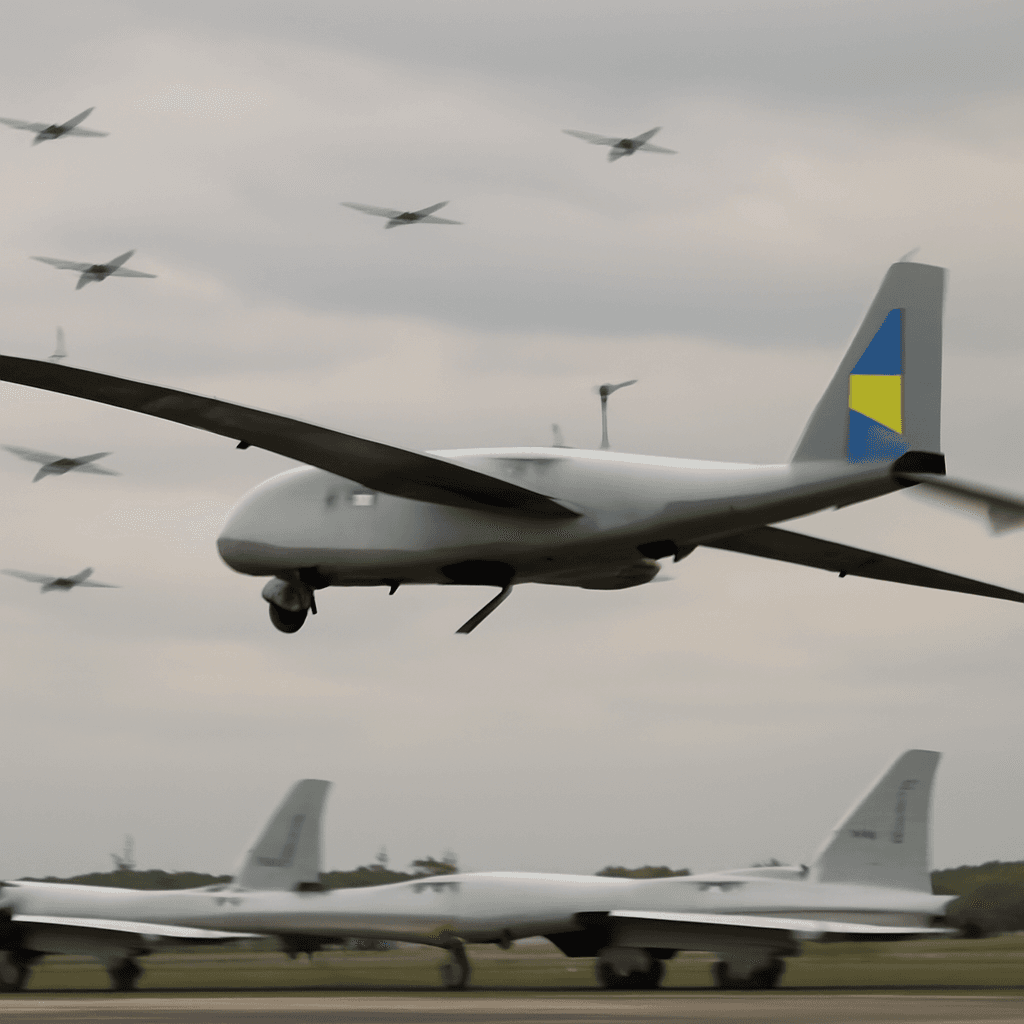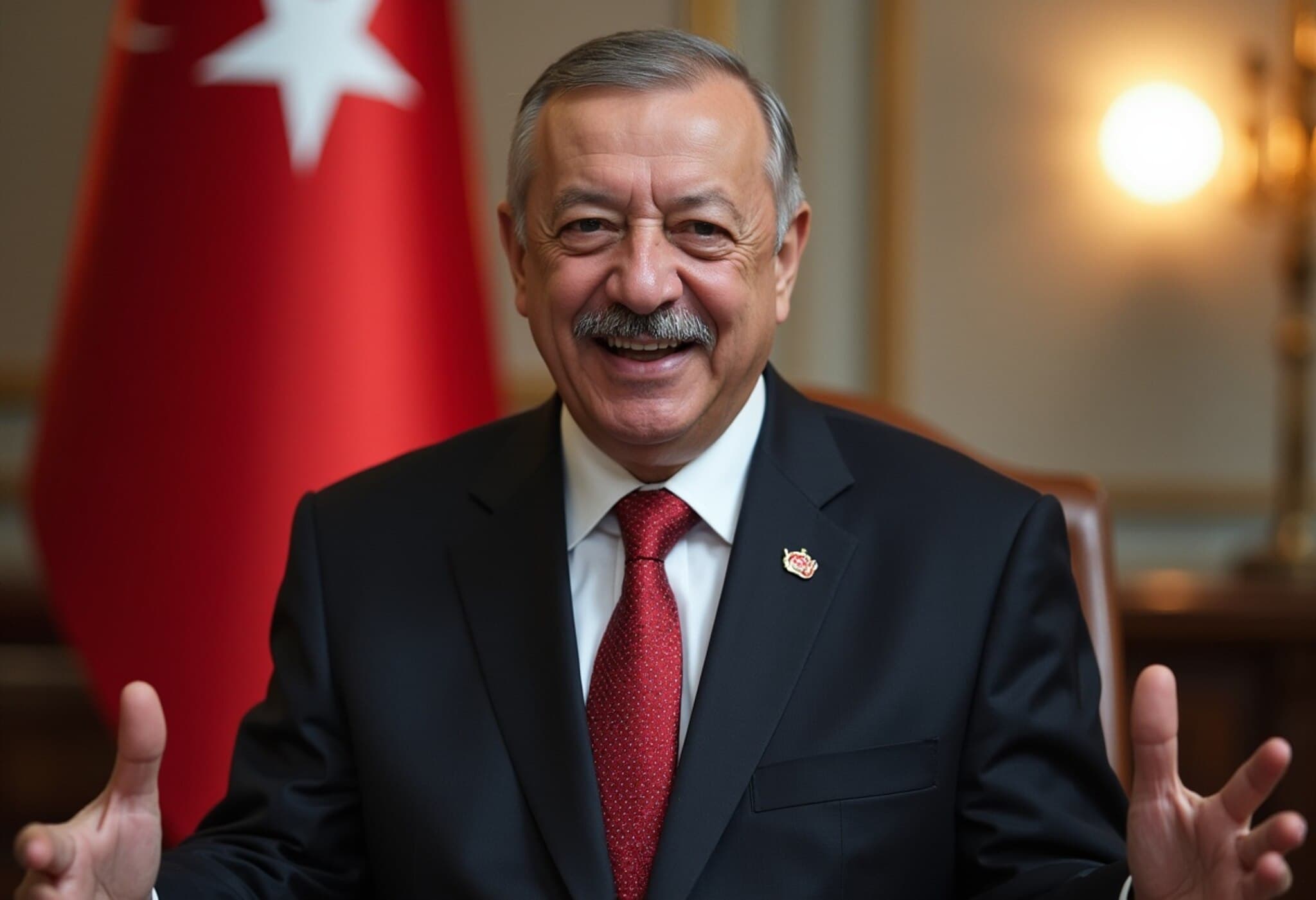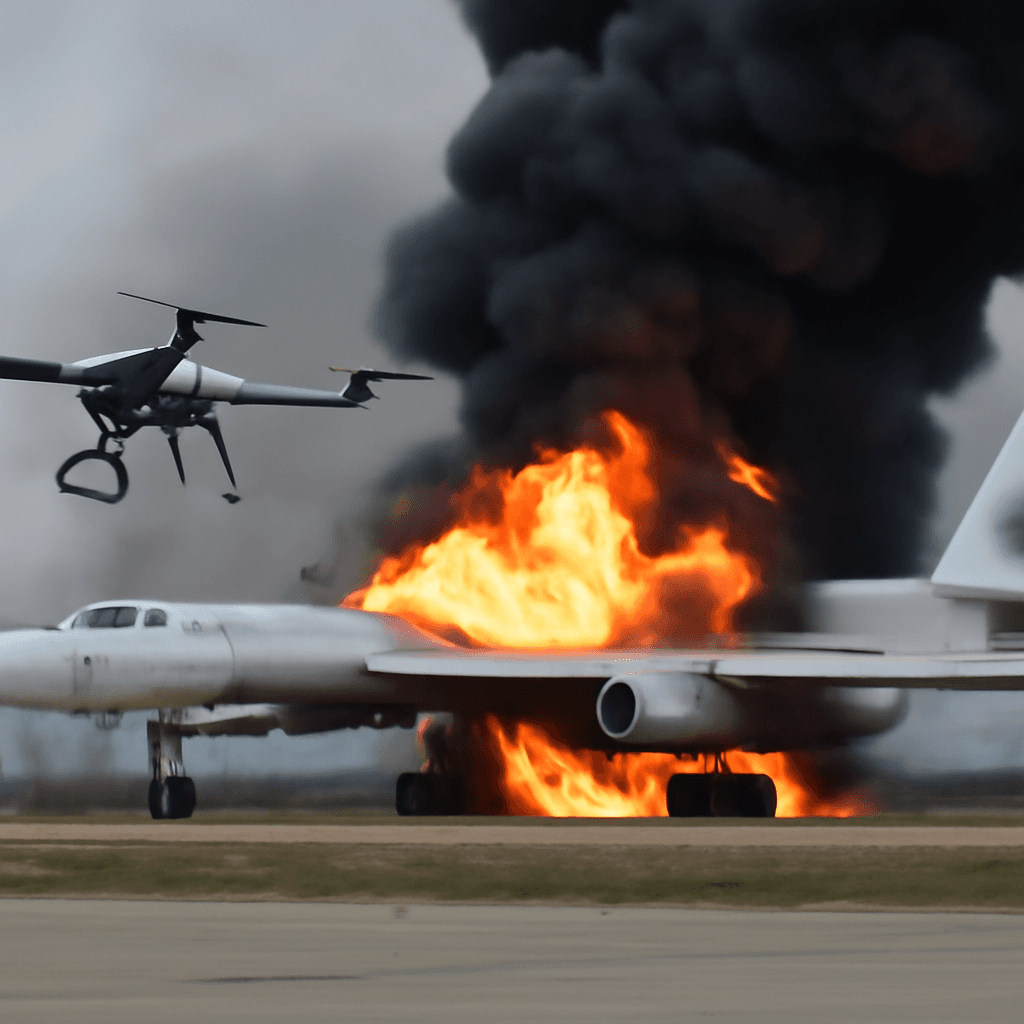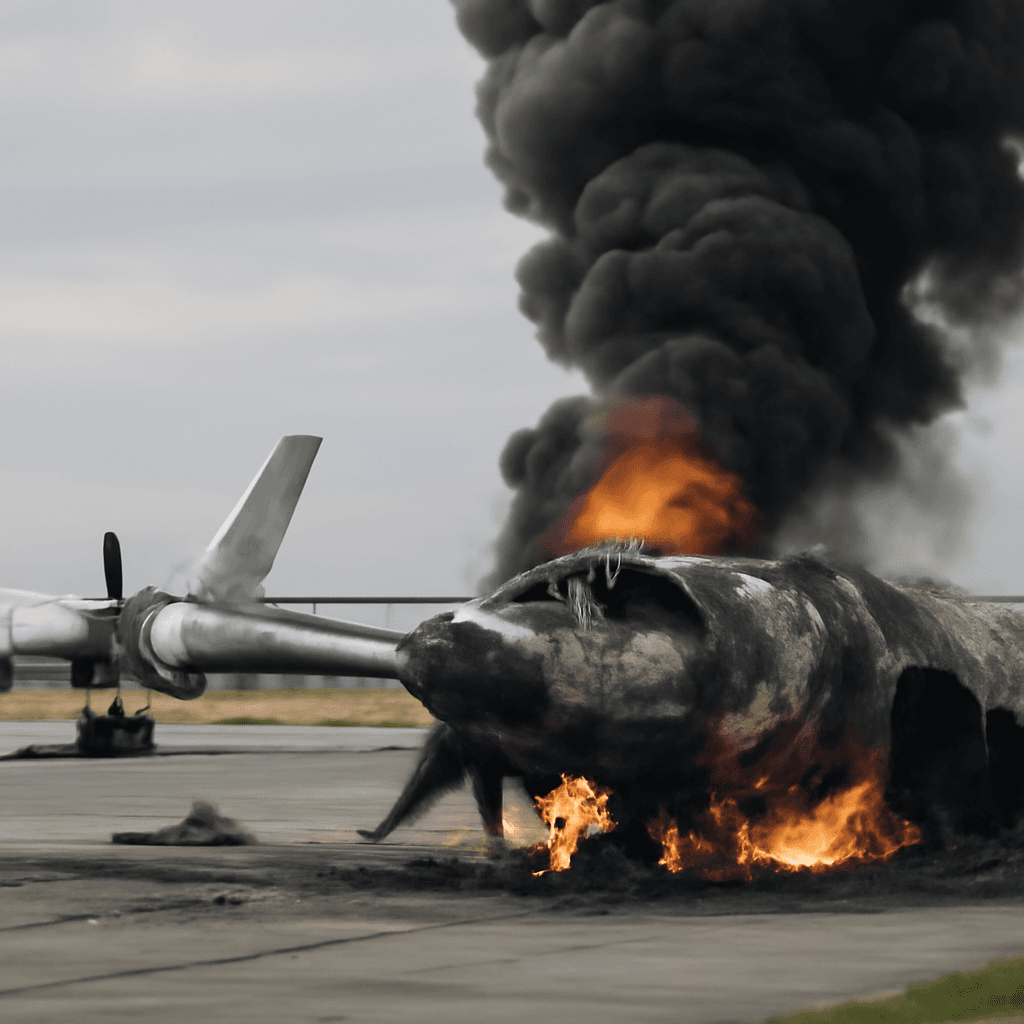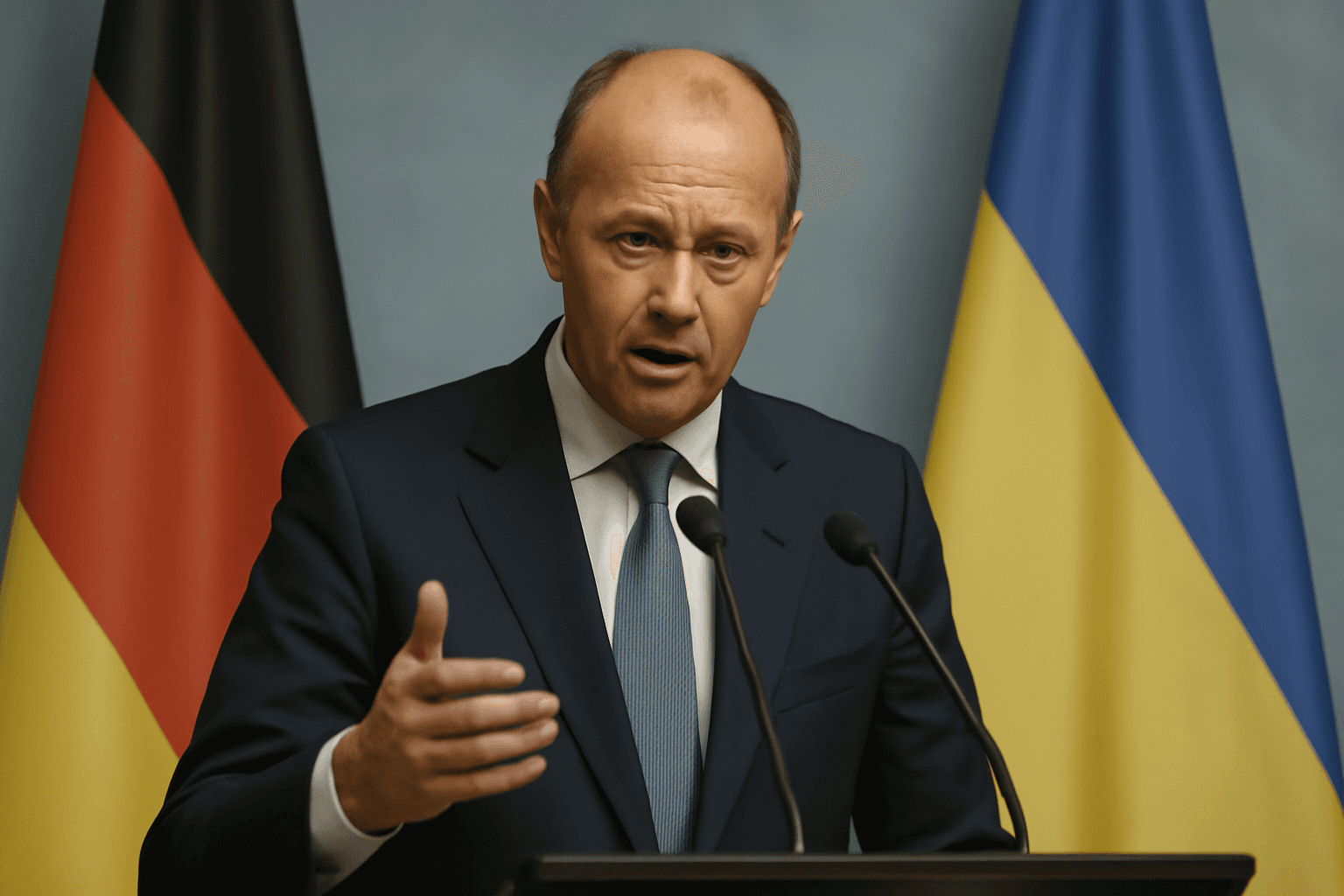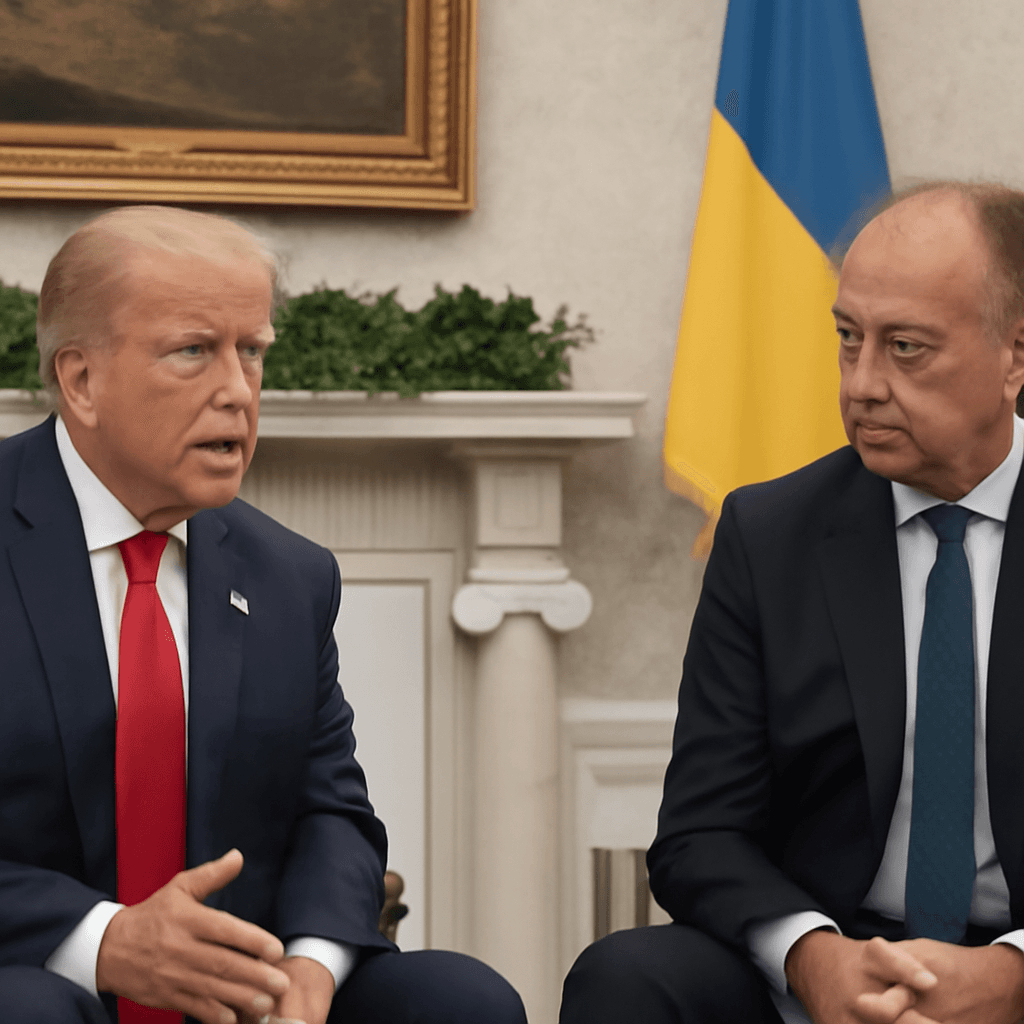Symbolic Timing Behind Ukraine's Spider Web Drone Attack
On June 1, 2025, Ukraine executed a significant drone strike targeting Russian airbases that house nuclear-capable long-range bombers. The operation, named "Spider Web," mobilized over 100 unmanned aerial vehicles under the direct supervision of Ukrainian President Volodymyr Zelenskyy.
This carefully coordinated attack was not only a demonstration of military capability but also a deliberate act loaded with historical and political symbolism.
Historical Context: The June 1, 1996 Date
The drones were launched precisely 29 years after June 1, 1996, marking the day Ukraine completed transferring its last nuclear warheads to Russia, thereby becoming a non-nuclear weapons state under the Nuclear Non-Proliferation Treaty (NPT).
This milestone followed the signing of the Budapest Memorandum in December 1994, an agreement where Ukraine relinquished the world's third-largest nuclear arsenal inherited after the Soviet Union’s collapse.
In exchange, the United States, United Kingdom, and Russia pledged to respect Ukraine's sovereignty and territorial integrity and committed not to use or threaten force against Ukraine’s political independence.
Execution and Technical Sophistication of Operation Spider Web
This strike reflected a high level of technical precision and strategic planning. Ukrainian Security Service (SBU) orchestrated the operation over 18 months, deploying first-person view (FPV) drones that were covertly smuggled into Russian territory.
The drones were hidden inside mobile wooden containers mounted on trucks. At the designated time, these containers’ roofs were remotely opened, allowing drones to launch simultaneously and strike critical military targets.
Widespread Impact Across Russia
The operation’s reach was extensive, with explosions reported across multiple Russian time zones—from the Amur region in the far east, more than 8,000 kilometers from Ukraine, to Murmansk in the extreme north above the Arctic Circle.
Purpose and Strategic Message
Ukraine chose June 1 deliberately to remind the international community of the consequences arising from breaches of international agreements like the Budapest Memorandum, highlighting the failure of its signatories to uphold their commitments.
The attack served not only to inflict damage on vital military infrastructures but also to emphasize the ongoing challenges to Ukraine's sovereignty posed by Russia's aggressive actions.
Key Takeaways
- June 1, 1996: Ukraine completed the transfer of its nuclear weapons to Russia.
- Budapest Memorandum: Signed in 1994, providing security assurances to Ukraine in exchange for denuclearization.
- Operation Spider Web: A large-scale drone strike involving over 100 unmanned aerial vehicles deployed strategically across Russia.
- Symbolic and Strategic: Timed to coincide with a critical historic date underscoring broken international commitments.

